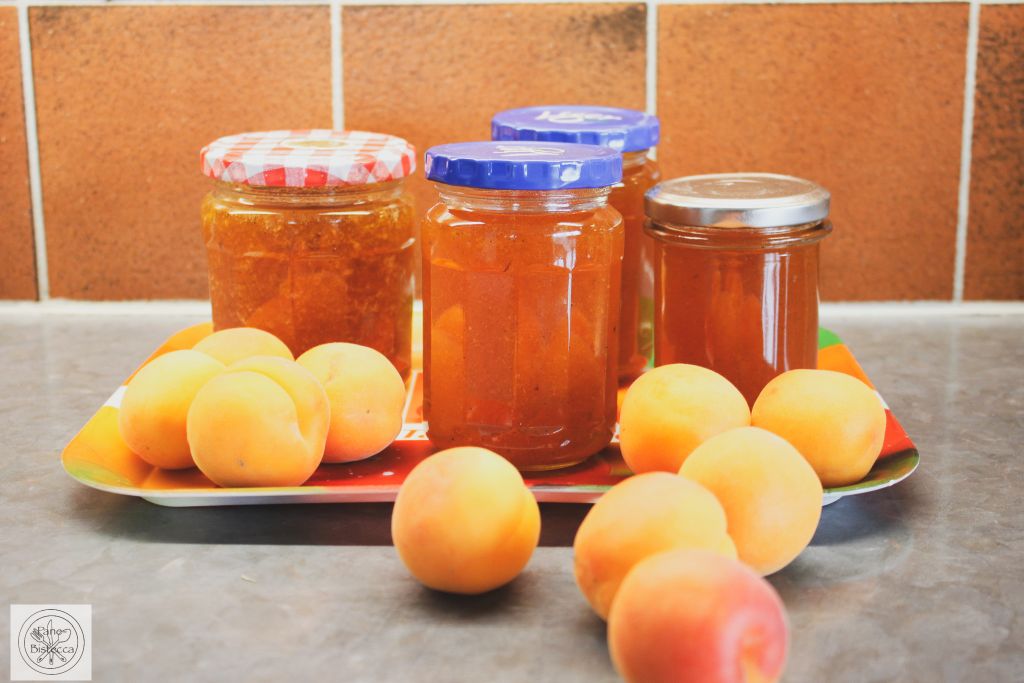
Apricot Vanilla Jam
Pane-Bistecca
Berries and fruits are now ripening in Europe and so it’s time for jam cooking! I love apricots and I also love vanilla, so I cook apricot vanilla jam.
I remember my childhood, when my mother stood in the kitchen for hours and boiled down jams. For dinner I would have fresh jam, which I would have loved to pile up by the spoonful on my bread, but my mother’s watchful eyes prevented that. The wonderful smells of cooked strawberries, apricots, rhubarb rise to my nose and take me back to my childhood… long, long ago….
About the jam sugar:
Gelatinizing sugar 1:1 means, for one part of fruit there is one part of sugar, for one kilo of fruit that is 1,000 grams of sugar, so one packet. If you want it to be less sweet, you can use the 2:1 or 3:1 varieties of preserving sugar. However, since the sugar content is not sufficient for 100% preservation with this quantity distribution, sorbic acid is usually added to these sugars as a preservative. So pay attention to the description on the packaging.
If you don’t like preservatives, you should use jam sugar 1:1. In addition, there is also gelling powder, which you can mix yourself with sugar.
I found some good apricots and added vanilla to the jam!
I remember my childhood, when my mother stood in the kitchen for hours and boiled down jams. For dinner I would have fresh jam, which I would have loved to pile up by the spoonful on my bread, but my mother’s watchful eyes prevented that. The wonderful smells of cooked strawberries, apricots, rhubarb rise to my nose and take me back to my childhood… long, long ago….
About the jam sugar:
Gelatinizing sugar 1:1 means, for one part of fruit there is one part of sugar, for one kilo of fruit that is 1,000 grams of sugar, so one packet. If you want it to be less sweet, you can use the 2:1 or 3:1 varieties of preserving sugar. However, since the sugar content is not sufficient for 100% preservation with this quantity distribution, sorbic acid is usually added to these sugars as a preservative. So pay attention to the description on the packaging.
If you don’t like preservatives, you should use jam sugar 1:1. In addition, there is also gelling powder, which you can mix yourself with sugar.
I found some good apricots and added vanilla to the jam!
Ingredients
1.2 kg pitted and chopped ripe Apricots (I took a little more fruit than usual, because we will surely eat up the jam this summer)
1 kg 1:1 Jam Sugar/Preserving Sugar
2 Vanilla Pods
Instructions
1
Step 1
Soak 6 jam jars in hot water, this prevents the jars from cracking, then drain on a clean tea towel.
2
Step 2
If you want your jam fine, you should puree the fruit before cooking. I didn’t do this because I like small pieces of fruit in the jam. Mix the fruit pieces or fruit mixture with the sugar in a deep pot and let stand for about 30 minutes, the fruit will draw juice. This doesn’t have to be the case with jam sugar, but I do it this way.
3
Step 3
The pot should not be more than half full, because the jam rises when boiling. Bring the jam to a slow boil, not too high heat, otherwise the sugar will burn. Once the mixture is bubbling, the cooking time begins. They say 4 minutes is enough with jam sugar, but I prefer to let it boil longer as I don’t like thin jam. My jam cooked for about 15 minutes. You can’t leave the stove though, as the jam likes to boil over.
4
Step 4
I cut the vanilla sticks open, scraped out the pulp and added that to the jam with the cut vanilla sticks and cooked it. The vanilla sticks are removed after cooking.
5
Step 5
You can test if the jam has thickened enough by pouring a little onto a small plate and turning it over after 1-2 minutes. If it drips immediately, it hasn’t thickened yet, but if the jam moves sluggishly, it has.
6
Step 6
As soon as the jam has thickened, it is poured into jars and the jars are immediately closed to create a vacuum. One should work very cleanly. You can also turn the jars upside down after filling and let them stand for about 10 minutes, this makes the lid germ-free, and the jam will keep longer.
Notes
The jam can be stored for 1 year.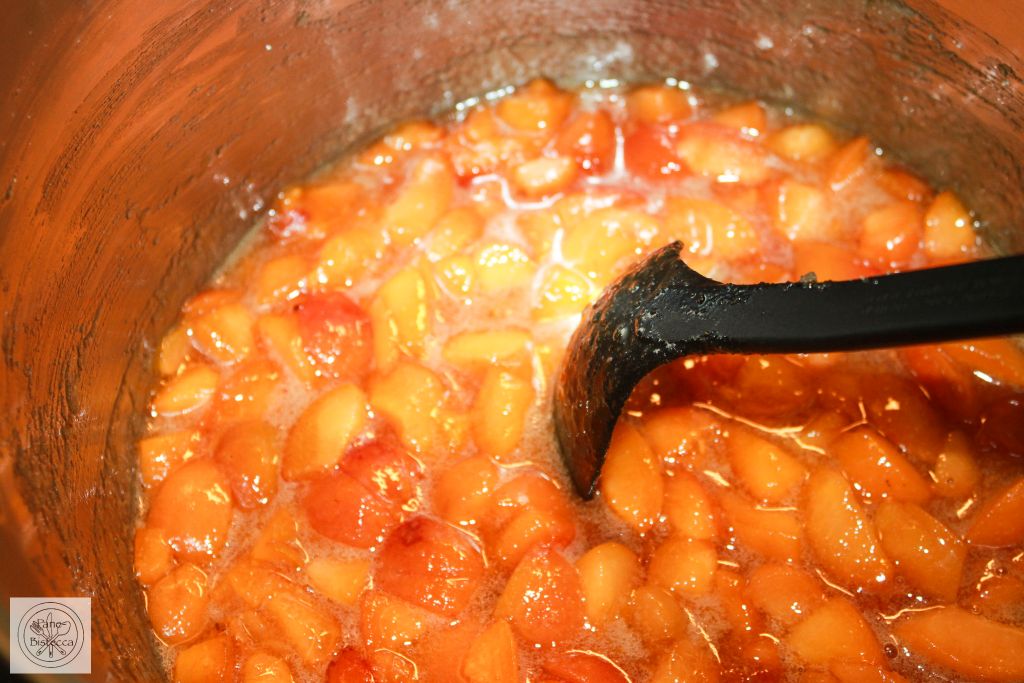
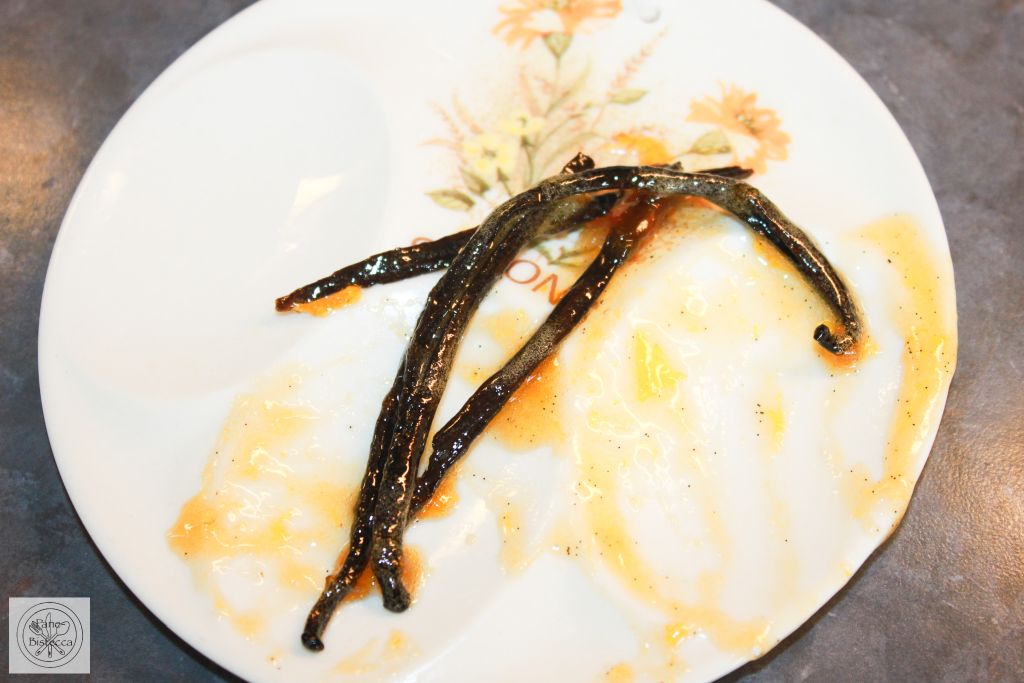
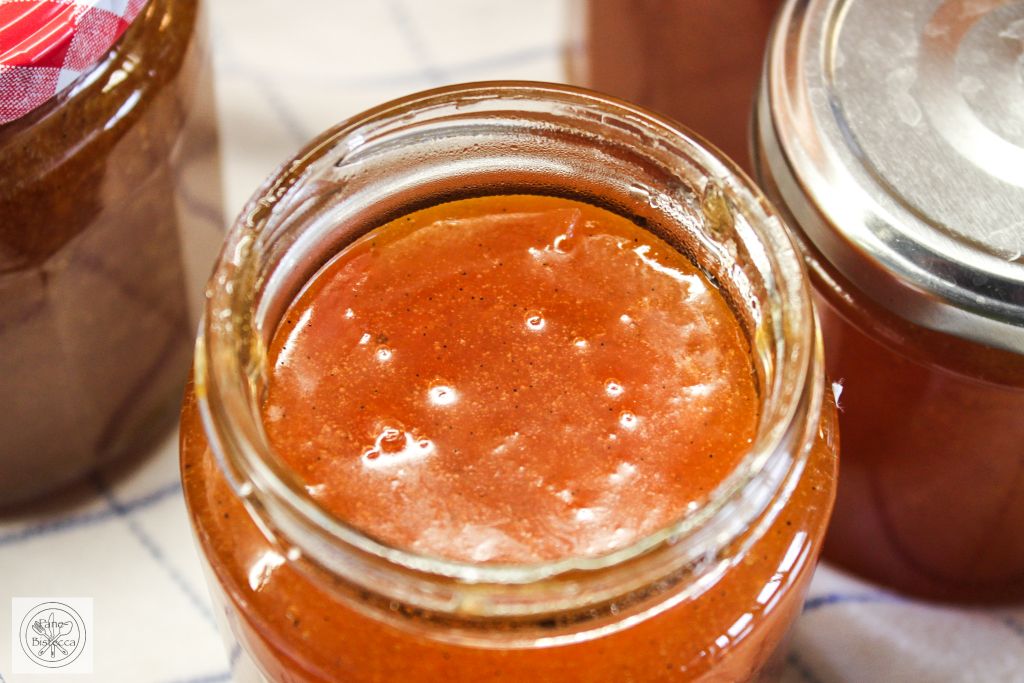
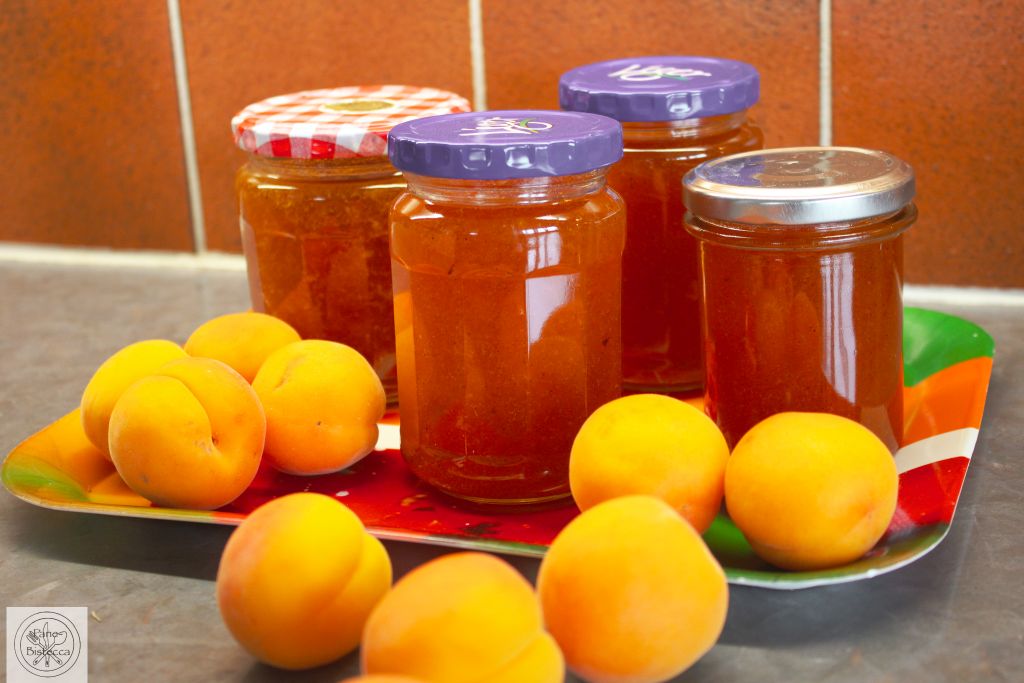
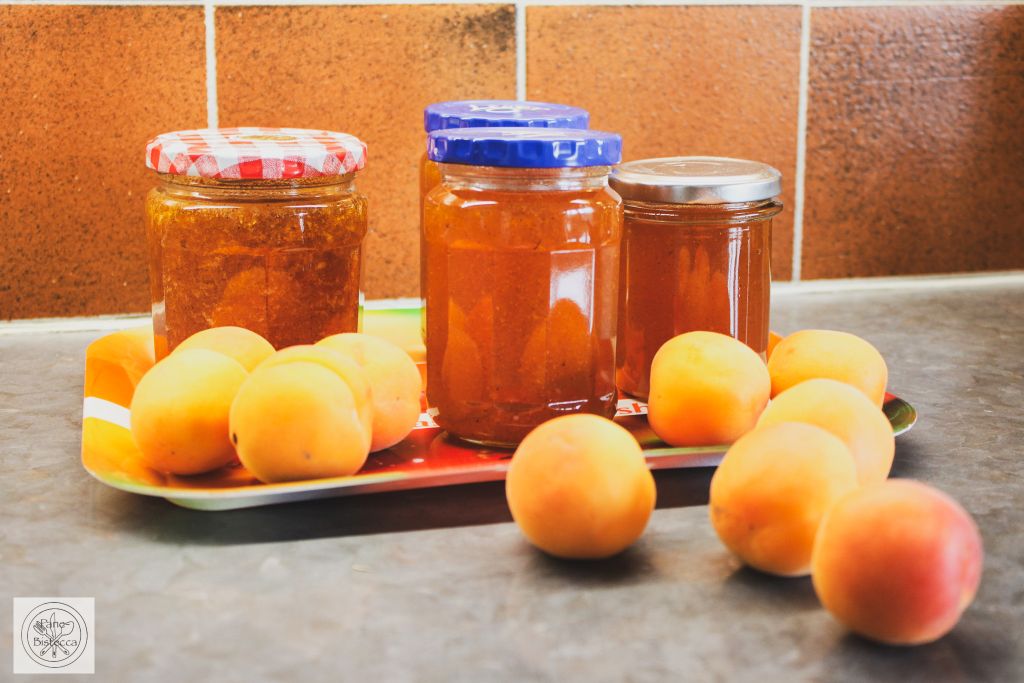
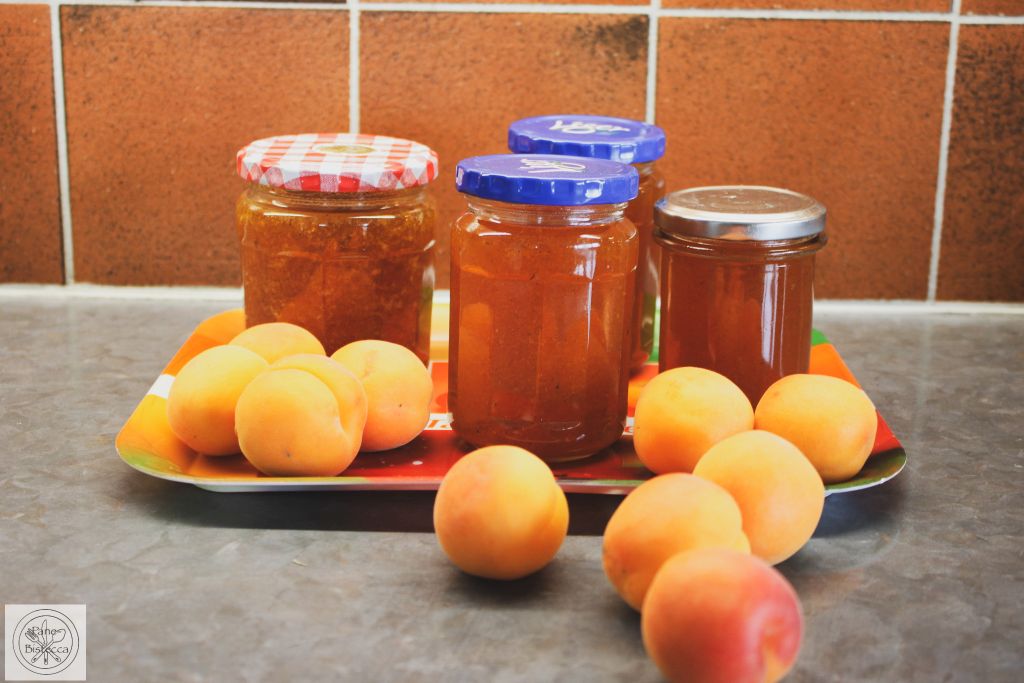





![Validate my RSS feed [Valid RSS]](https://pane-bistecca.com/wp-content/uploads/2024/05/valid-rss-rogers.png)
4 Comments